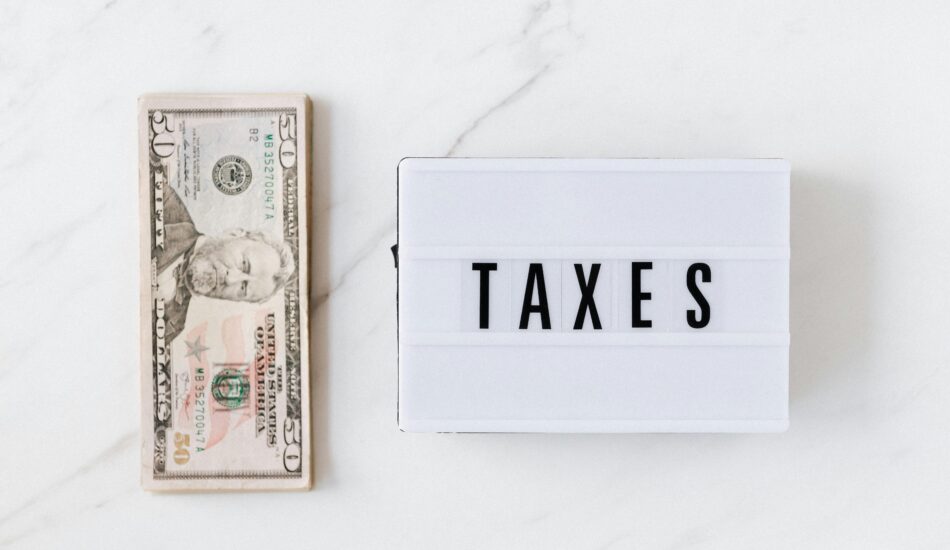A Comprehensive Guide to Form I-912: Request for Fee Waiver

Understanding Form I-912: Request for Fee Waiver
Form I-912, sometimes known as the Request for Fee Waiver, can be the solution if you are seeking any immigration benefits but cannot afford the filing expenses. This form lets you ask for a waiver for particular USCIS application fees, therefore lowering the financial load of immigration procedures. We will guide you through the application for a fee waiver, eligibility criteria, and correct request submission method in this guide.
What is Form I-912?
Applying for a waiver of fees for several immigration forms is done on Form I-912, sometimes known as the Request for Fee Waiver. If your financial circumstances make it impossible for you to pay for your application, USCIS may waive the fees connected with particular immigration benefits. This waiver is meant to guarantee that people experiencing financial difficulties can still apply for immigration benefits without paying heavy expenses.
Among the common benefits for which you might use the fee waiver form I-912 are applications for citizenship, green cards, and work permits. Knowing the criteria for submitting the Form I-912 request for fee waiver and how the larger USCIS system works helps you better grasp these things.
Eligibility for the I-912 Fee Waiver
If you fit one or more of the following, you are qualified to ask for a fee waiver using Form I-912:
- Income below 150% of the Federal Poverty Guidelines: You can be eligible for a fee waiver if your household income falls at or below 150% of the I-912 poverty guidelines. You will have to offer records attesting to your income level.
- Receipt of means-tested benefits: If you or an immediate relative benefit from Medicaid, SNAP, or SSI, you can be eligible for a fee waiver by confirming receipt.
- Financial hardship: You can potentially be qualified for a waiver if you can show that you are going through extreme financial difficulty—that of medical bills or unemployment.
Instructions for Form I-912: How to Fill Out Your Fee Waiver Request

Correct completion of your form depends on the I-912 fee waiver instructions. Use these guidelines to stay clear of typical errors:
- Download the form: Initially obtain Form I-912 from the official USCIS website. The form is accessible as a fillable PDF that you might finish by hand or online.
- Complete the form: Complete your personal information, including your name, address, and USCIS account number—if applicable. To prevent processing delays, be exact and comprehensive.
- Provide supporting documentation: Your fee waiver request will determine the reason for which you need to present proof of your financial situation. This could call for pay stubs, tax returns, or documentation of government assistance receipt.
- Review the form: Verify every aspect to be sure the information is accurate. Incomplete or incorrect portions could cause your request to be denied.
- Sign and date the form: Before submitting Form I-912 to USCIS, be sure you sign Form I-912.
- Submit the form: Your form must be mailed to the relevant address together with your immigration application once it is finalized. Knowing where to mail Form I-912 is critical to ensuring that your application reaches USCIS.
Where to Mail Form I-912

Submission comes next once you finish Form I-912 and submit the required supporting documents. Your fee waiver request must be mailed to the correct USCIS lockbox or service location together with the related immigration form.
To find out where to mail Form I-912, consult the particular form instructions for the immigration benefit you are seeking. Every kind of application uses a specific mailing address. Verify where I mail Form I-912 by consulting the most recent USCIS instructions; sending your paperwork to the incorrect address may delay or even invalidate your application.
Common Forms Eligible for Fee Waivers
Form I-912 qualifies several immigration applications for fee waivers.
- Form I-485: Among the most often used forms are Form I-485—Application to Register Permanent Residence or Adjust Status.
- Form N-400: Application for Naturalization.
- Form I-765: Employment Authorization.
- Form I-290B: Notice of Appeal or Motion.
If you satisfy eligibility criteria, you can avoid paying the substantial filing costs these documents sometimes include by completing the Fee Waiver Form I-912.
How to Request a Fee Waiver for Your Passport

Apart from immigration requests, Form I-912 for passport application allows you to seek a fee waiver for U.S. passports under specific conditions. For instance, if financial difficulty qualifies you for a passport fee waiver, you will have to follow particular procedures and submit the required supporting documents.
Although the I-912 passport fee waiver is not common, you can be qualified if your situation satisfies the eligibility standards. Before applying, be sure the present rules on passports and fee waivers are clear-cut.
What Does 912 Mean?
In the context of immigration forms, What does 912 signify you might wonder? Form I-912 is just the numerical label USCIS assigned for the Request for Fee Waiver. The form number lets USCIS classify and handle inquiries quickly. When looking for resources, instructions, and submission addresses, be sure you use the correct form number.
Avoiding Common Mistakes with Form I-912
Many candidates fill out Form I-912 with errors that could cause delays or denial of their fee waiver request. These are some typical pitfalls to stay away from:
- Insufficient knowledge: Make sure the form is filled out totally in every part. Information missing might cause delays or rejections.
- Not offering any documentation: Demonstrating your eligibility for a fee waiver depends on supporting proof. Make sure you include any necessary records, such as verification of public benefits or tax returns.
- Providing the incorrect address: Based on the particular USCIS form you are seeking, always confirm where I mail my I-912 form.
- Not signing the form: Double-checking your application before submission may help you prevent the common error of forgetting to sign Form I-912.
Where to Send Form I-912
You will need to know where to send Form I-912 once you have completed the form and linked your supporting documentation. The kind of application you are sending determines the proper postal address. For a change of status, for example, you must mail Form I-912 together with your Form I-485 application to the designated address for that form.
USCIS Forms Fee Waiver

Many people look for USCIS Form I-912 when requesting a fee waiver to help pay for immigration applications. The I-912 fee waiver can save hundreds of dollars in filing costs whether your application is for citizenship, work permit, or green card. Closely follow the Form I-912 guidelines to guarantee that your request is approved.
Filing the Immigration Applications’ I-912 Fee Waiver
Send the filled form together with your immigration application to register the Form I-912 fee waiver. Based on their financial circumstances, some people qualify for a fee waiver; others can qualify because they are receiving specific public assistance.
To file for a fee waiver, first complete the I-912 request for fee waiver form, attach supporting documentation, and then mail the form with your application to USCIS. For the most current information on where to file Form I-912 and any modifications to the fee waiver process, be sure to visit the USCIS website.
Conclusion: How Form I-912 Can Help You
Although filing immigration applications can be expensive, Form I-912 offers a means for those experiencing financial difficulty to remove the costs related to numerous USCIS procedures. You can effectively ask for a fee waiver by knowing the qualifying requirements, closely following the I-912 fee waiver guidelines, and turning in the appropriate supporting documentation.
Our knowledgeable immigration lawyers at Passage Law are here to assist you if you require guidance negotiating the fee waiver process. Whether your application is for a work permit, green card, or citizenship, we can walk you through each stage of the application process. Consult us.
